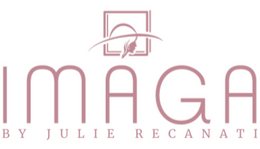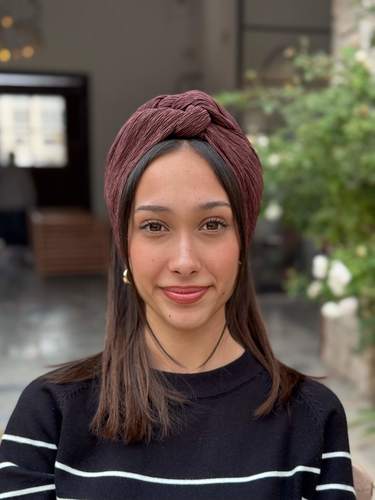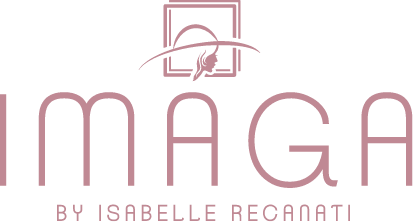More Than Just a Hair Accessory
From ancient civilizations to modern fashion trends, hair bands have played a crucial role in styling and modesty. Whether used to secure hair, make a fashion statement, or serve a cultural purpose, hair bands have evolved significantly over time. For women who value elegance and tradition, these accessories remain a staple in wardrobes worldwide.
This article will explore the fascinating journey of hair bands—how they originated, how they’ve changed through the years, and how they continue to be a symbol of style, function, and modesty.
1. Hair Bands in Ancient Civilizations
Egypt – The Symbol of Power and Status
In Ancient Egypt, hair bands weren’t just for securing hair—they were a sign of status and wealth.
- Pharaohs and noblewomen adorned their heads with golden headbands encrusted with jewels.
- These accessories weren’t just decorative; they also symbolized divine power and royalty.
Greece and Rome – The Birth of Elegant Hair Accessories
- In Ancient Greece, women often wore delicate fabric bands to keep their hair neatly in place.
- Roman women, especially from noble families, preferred intricately designed metal or leather headbands, sometimes decorated with laurel leaves.
2. The Middle Ages – A Shift Towards Modesty
During the Middle Ages, hair bands evolved from decorative items to symbols of modesty.
- Women covered their hair with cloth or metal bands, often incorporating veils.
- Religious and cultural customs emphasized hair coverage, making headbands and veils essential in many societies.
3. The Renaissance and Victorian Era – Hair Bands as a Fashion Statement
During the Renaissance, hair bands became more refined and decorative.
- Women began wearing embroidered and lace headbands that complemented their elaborate hairstyles.
- Queen Elizabeth I popularized pearl-encrusted hair bands, turning them into a sign of aristocracy.
By the Victorian era, hair bands became essential for both modesty and beauty.
- Women used soft fabric headbands to maintain their elaborate hairstyles while adhering to societal expectations of femininity.
4. The 1920s – The Rise of the Flapper Style
The 1920s brought a bold new look to hair bands, popularized by flapper culture.
- Sequined and beaded headbands were essential in jazz clubs and high-fashion settings.
- The iconic feathered headband became a signature of the Roaring Twenties.
This period marked a shift—hair bands were no longer just practical but an essential fashion statement.
5. The 1950s and 1960s – The Feminine Revival
During the 1950s and 1960s, hair bands took on a more feminine and delicate look.
- Polka-dot and satin hair bands became popular, inspired by Hollywood stars like Audrey Hepburn and Grace Kelly.
- Women used hair bands to create neat, modest looks while still appearing stylish and put together.
6. The 1970s – The Hippie and Bohemian Influence
The 1970s introduced a more free-spirited approach to wearing hair bands.
- Braided fabric and leather headbands became popular among the hippie movement.
- Many women wore wide, colorful bands across their foreheads, embracing a natural and carefree look.
This era showcased hair bands as an expression of individuality while keeping them modest and functional.
7. The 1990s and 2000s – A Mix of Sport and Fashion
- Elastic and stretchable headbands became widely popular for both casual and athletic use.
- Velvet, plastic, and padded headbands made a comeback, influenced by pop culture and celebrities.
This period redefined hair bands, making them both stylish and practical.
8. Hair Bands in Modern Modest Fashion
- Today, hair bands blend tradition and fashion, offering endless styling possibilities.
- Women who value modest dressing use headbands to complement hijabs, scarves, or covered hairstyles.
- Wide, structured headbands allow for both practical hair coverage and an elegant touch.
Modern hair bands cater to every occasion—whether for everyday modesty or a sophisticated evening look.
9. Hair Bands as a Timeless and Versatile Accessory
- From classic satin bands to sporty elastic headbands, today’s options suit every preference.
- Minimalist designs work well for formal events, while bold, printed headbands add a fun touch to casual outfits.
- No matter the occasion, a hair band can elevate any modest and elegant look.
10. How to Choose the Perfect Hair Band for Your Style
- For formal occasions: Choose embellished or satin headbands for a refined appearance.
- For casual wear: Soft cotton or woven bands provide comfort while adding a stylish touch.
- For active lifestyles: Elastic hair bands ensure hair stays in place throughout the day.
- For modest fashion: Wider, structured bands create an elegant, polished look.
Why Choose Hair Bands from Imaga Store?
At Imaga Store, we offer a curated collection of high-quality hair bands designed for women who value both tradition and style.
✔ Elegant and comfortable designs – perfect for modest fashion.
✔ Premium materials – ensuring durability and long-lasting wear.
✔ Versatile styles – from everyday wear to formal occasions.
✔ Wide selection of colors and patterns – so you can find the perfect match for any outfit.
Visit Imaga Store today and discover the perfect hair band to complete your modest yet stylish look!
Conclusion: Hair Bands – A Timeless Accessory That Stands the Test of Time
Expanded Conclusion: The Future of Hair Bands – Tradition Meets Innovation
Hair bands have stood the test of time, evolving from simple hair accessories to statement pieces in both modest and mainstream fashion. But what does the future hold for this timeless accessory?
Sustainable and Eco-Friendly Materials – As fashion moves towards sustainability, hair bands made from organic fabrics, recycled materials, and biodegradable fibers are becoming increasingly popular.
Smart Hair Bands – With technology shaping fashion, we may soon see hair bands with built-in functions, such as UV protection, temperature-regulating fabrics, or even smart materials that adjust their tightness for optimal comfort.
Personalized and Custom Designs – As customization becomes more accessible, women will have the ability to design hair bands that reflect their personality, whether through monograms, intricate embroidery, or custom color palettes.
A Staple in Modest Fashion – With the growing appreciation for modest yet stylish fashion, hair bands will continue to play a crucial role, allowing women to balance tradition and elegance effortlessly.
From ancient royalty to modern trendsetters, hair bands remain a symbol of beauty, modesty, and versatility. As they continue to evolve, one thing is certain: this accessory is here to stay, adapting to new generations while honoring its deep-rooted history.
Are you ready to embrace the elegance of hair bands? Explore Imaga Store’s exclusive collection and find the perfect match for your wardrobe today!


